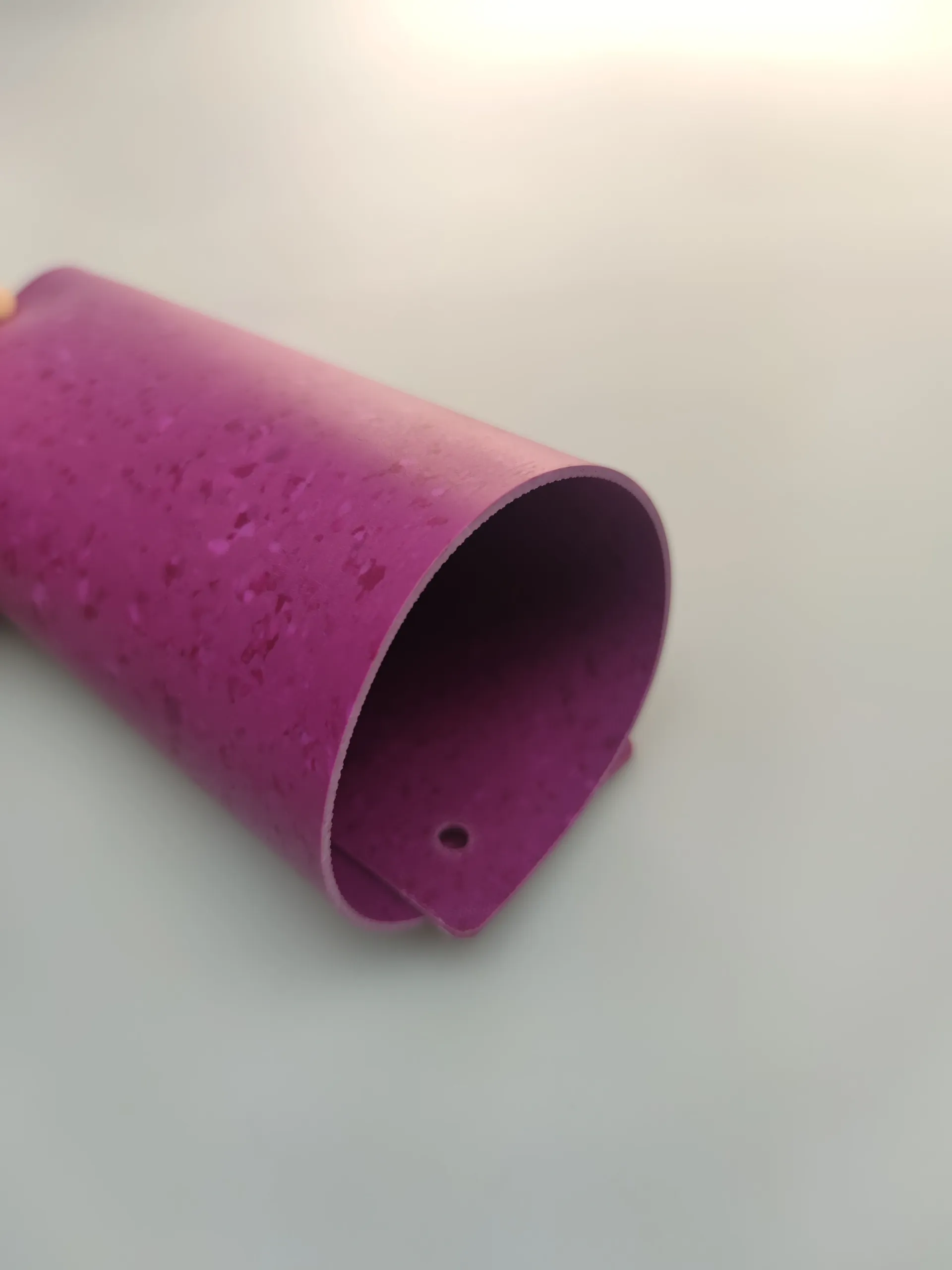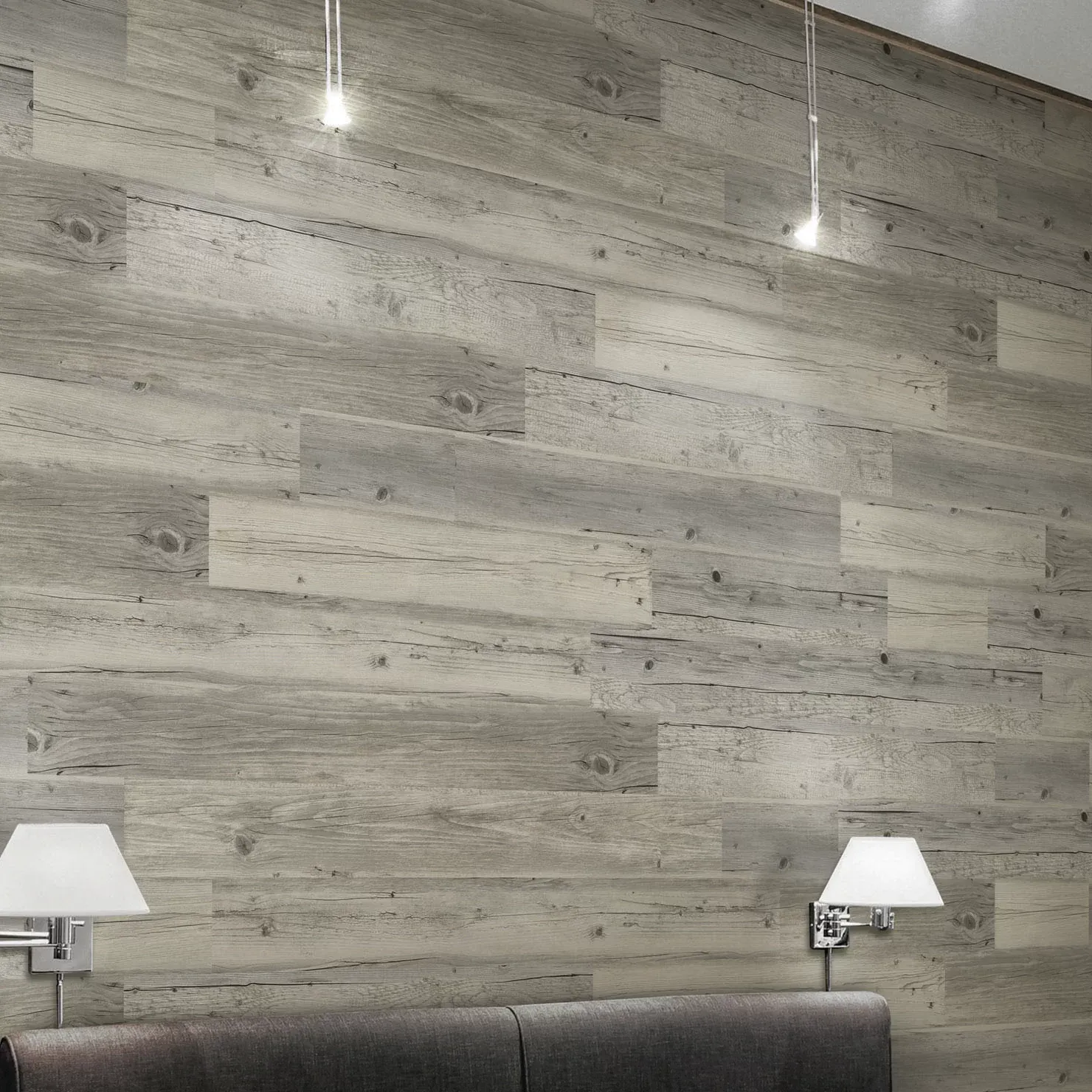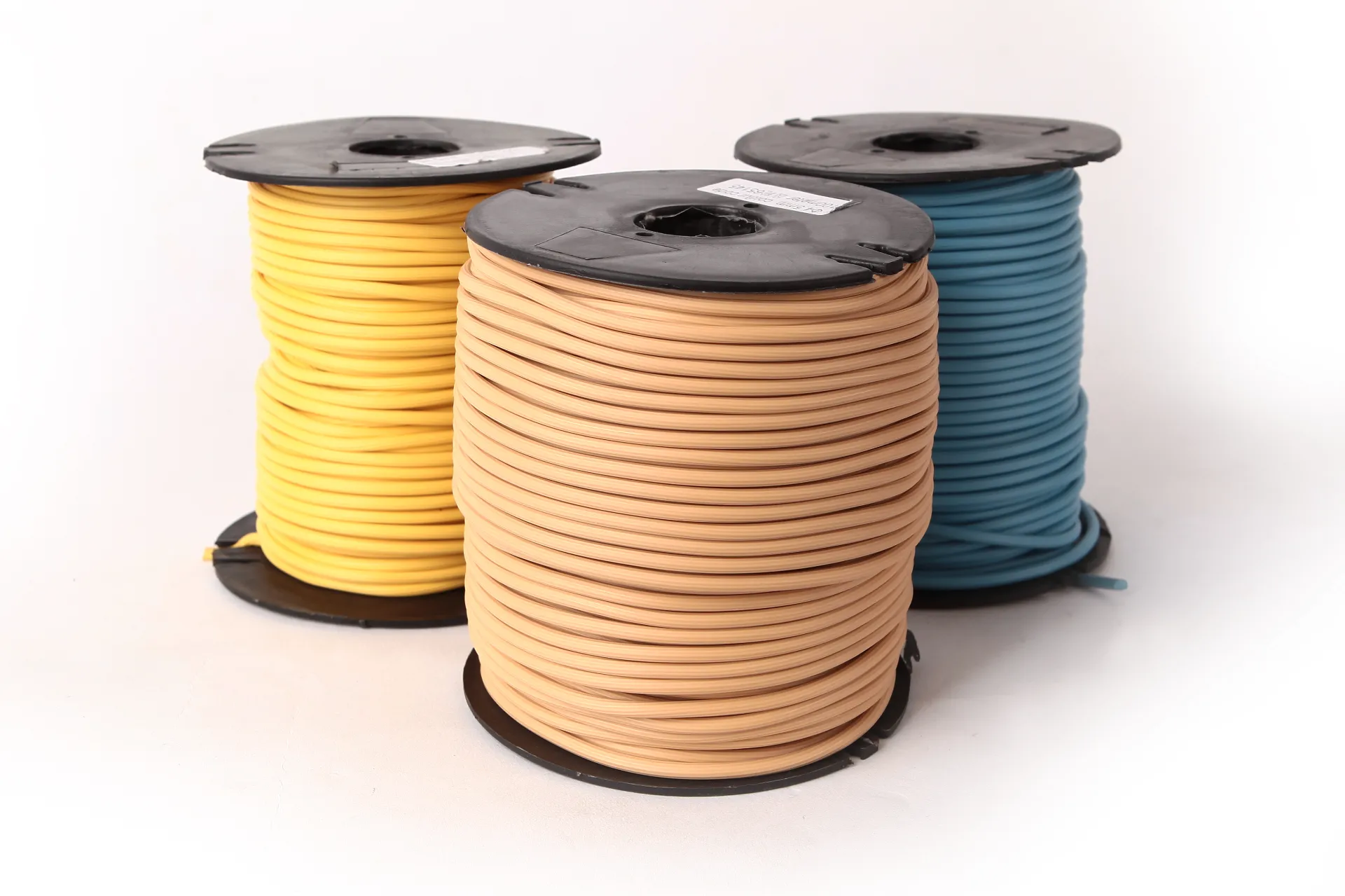Commercial VCT Tile Flooring | Durable, Cost-Effective
Homogeneous vinyl that competes head‑to‑head with commercial vct tile flooring
I’ve walked a lot of grocery aisles and hospital corridors, and—to be honest—what end users care about is simple: durability, easy upkeep, and a clean, consistent look. Enlio’s Puenie homogeneous vinyl sheets (the “homongeneous floor for Shop supermarket”) are designed exactly for that world. It’s a single-layer construction—what you see on top goes all the way through—so scuffs don’t reveal a different layer beneath. Origin: #C3, No. 36 Xiangyuan Rd., Baiyun Dist., Guangzhou, China.

What’s trending in specs and why it matters
Retail and healthcare buyers are shifting from traditional VCT to homogeneous sheet for fewer seams, better hygiene, and lower lifetime maintenance. Puenie comes in three ranges—Antibacterial, Conductive (ESD), and Heavy Duty—so you can match the floor to the job. Many facility managers tell me they like the “through-color” look; it hides wear better than patterned surface prints.
Technical snapshot and standards
Materials: PVC resin with stabilizers, pigments, and mineral fillers; calendared into a single, dense layer. Methods: heat/pressure calendaring, embossing where specified, optional factory topcoat depending on range. Typical tests: EN ISO 10581 (homogeneous PVC sheet), ASTM E648 (critical radiant flux), ASTM E662 (smoke density), ISO 22196 (antibacterial activity), IEC 61340 (for conductive variants). Real-world service life: ≈12–20 years with routine maintenance—yes, that wide; traffic and care regimes vary.
| Parameter | Puenie Homogeneous Sheet (≈ values) |
|---|---|
| Total thickness | 2.0–2.5 mm (single-layer construction) |
| Roll size | ≈ 2.0 m × 20 m (varies by range) |
| Static load (ASTM F970) | ≤ 0.005 in at 1000 psi (typical for category) |
| Slip resistance | R9–R10 (DIN 51130) around typical installations |
| Fire performance | ASTM E648 CRF Class I/II (check specific SKU) |
| Antibacterial | >99% reduction (ISO 22196) on Antibacterial range |
| Conductivity | 10^4–10^6 Ω (IEC 61340) on Conductive range |
Applications and installation flow
Industries: supermarkets, general retail, schools, labs, clean corridors, light healthcare. Process flow: substrate prep (flatness ≤3 mm over 2 m), troweled adhesive per manufacturer, sheet lay-in with minimal tension, seam cutting and hot-weld rod (for hygiene), roll and cure. Commissioning: wait recommended adhesive cure; initial clean, then apply maintenance finish if specified. Many customers say the welded seams are the game-changer—fewer dirt traps.

How it stacks up to legacy brands
| Vendor/Line | Format | Maintenance | Certifications | Notes |
|---|---|---|---|---|
| Enlio Puenie | Homogeneous sheet | Low; no periodic stripping if PUR/topcoat present | FloorScore/GREENGUARD Gold (where specified) | Antibacterial and ESD options |
| Armstrong VCT | VCT tile | Higher; periodic polish/strip typical | FloorScore (varies) | Budget-friendly upfront |
| Tarkett/Gerflor (homo PVC) | Homogeneous sheet | Low with PUR | EN ISO 10581, FloorScore (varies) | Comparable European peers |
Field notes and feedback
A mid-size supermarket group reported ≈18% lower annual maintenance hours after switching from commercial vct tile flooring to Puenie Heavy Duty. Another client in a diagnostic lab liked the Puenie Conductive range; ESD readings settled comfortably inside 10^4–10^6 Ω after 72 hours, which—frankly—took some stress off their team.
Customization and logistics
Colorways: broad palette with through-body marbling; custom tones are doable with MOQs. Cut lengths for phased retail remodels—handy when you have to work overnight. Ship point: Guangzhou. Lead times depend on range and color, but in my experience, they’ve been reasonable.
Bottom line
If you’re weighing upfront price versus lifecycle value, homogeneous sheet like Puenie is a serious alternative to commercial vct tile flooring: fewer seams, resilient under carts, and—surprisingly—friendlier to cleaning crews over time.
Citations
- EN ISO 10581: Resilient floor coverings — Homogeneous polyvinyl chloride.
- ASTM E648: Standard Test Method for Critical Radiant Flux of Floor-Covering Systems.
- ASTM E662: Standard Test Method for Specific Optical Density of Smoke.
- ISO 22196: Measurement of antibacterial activity on plastics and other non-porous surfaces.
- IEC 61340-4-1: Electrostatics — Flooring materials and systems (ESD).
- FloorScore/GREENGUARD Gold VOC Certification Program Guidelines.
-
Masking Tape: Clean Removal, Precision Lines, Pro-GradeNov.10,2025
-
Skirting: MDF, Oak & SPC | Durable, Easy-FitNov.10,2025
-
Commercial VCT Tile Flooring – Durable, Low-MaintenanceNov.10,2025
-
LVT Vinyl Floors – Waterproof, Scratch‑Resistant, Easy ClickNov.10,2025
-
Masking Tape - Pro-Grade, Clean Removal, Crisp LinesNov.10,2025
-
Premium Masking Tape - Sharp Lines, Clean RemovalNov.10,2025




